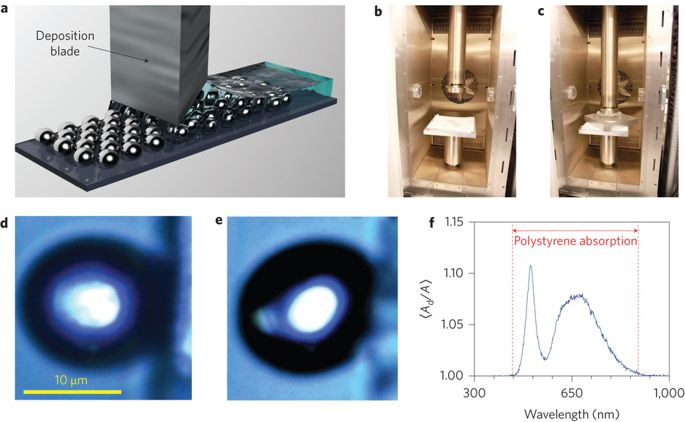Chaos is a phenomenon that occurs in many aspects of contemporary science. In classical dynamics, chaos is defined as a hypersensitivity to initial conditions. The presence of chaos is often unwanted, as it introduces unpredictability, which makes it difficult to predict or explain experimental results. Conversely, we demonstrate here how chaos can be used to enhance the ability of an optical resonator to store energy.
The process is equivalent to the Brownian motion of particles in a liquid, where each particle carries the same amount of energy. In a liquid, the particles always achieve a uniform distribution regardless of the shape of the vessel in which they are contained. In our optical analogue, the steady state of chaotic modes also does not depend on the particular realization of the resonator, but only on its ‘macroscopic’ geometry, for which the only requirement is to support chaotic trajectories for the trapped light.
Besides the obvious implications at the fundamental level, where we demonstrated the existence of a fundamental principle of thermodynamics in the framework of photonics, our results also have real-world practical implications. The cost of many semiconductor devices, for example, light-emitting diodes and solar cells, is determined to a significant extent by the cost of the material. We show that the functionality of a given geometry can be enhanced up to sixfold by changing the shape alone, that is, without increasing the amount of material and without increasing the material costs. Furthermore, a chaotic system is easier to fabricate as the tolerances are relaxed. Our results can also be extended beyond microresonators, as the phenomenon of chaotic scattering is ubiquitous and also occurs at the nanoscale, that is, when light diffuses into random aggregates of scatterers.
We therefore envisage that our ideas will stimulate new research in the assembly of new random nanostructures for efficient energy harvesting.
Read more in Nature Photonics volume 7, pages 473–478 (2013)


Recent Comments